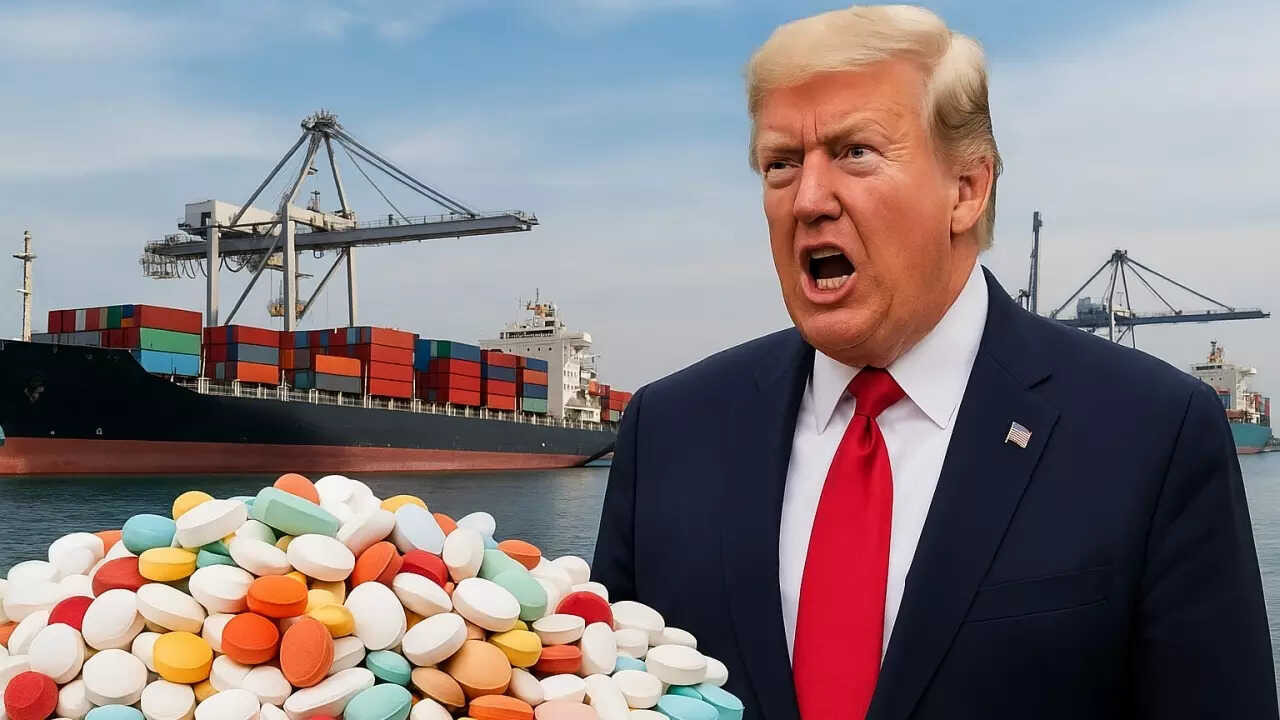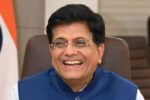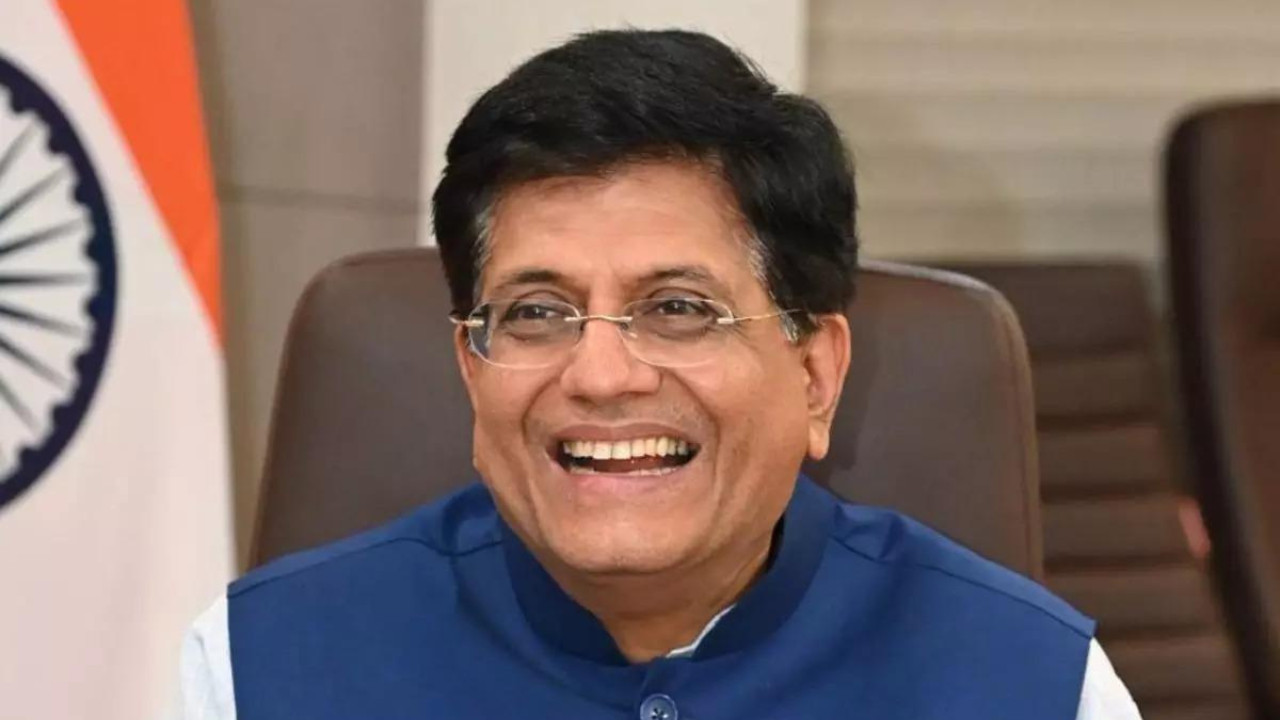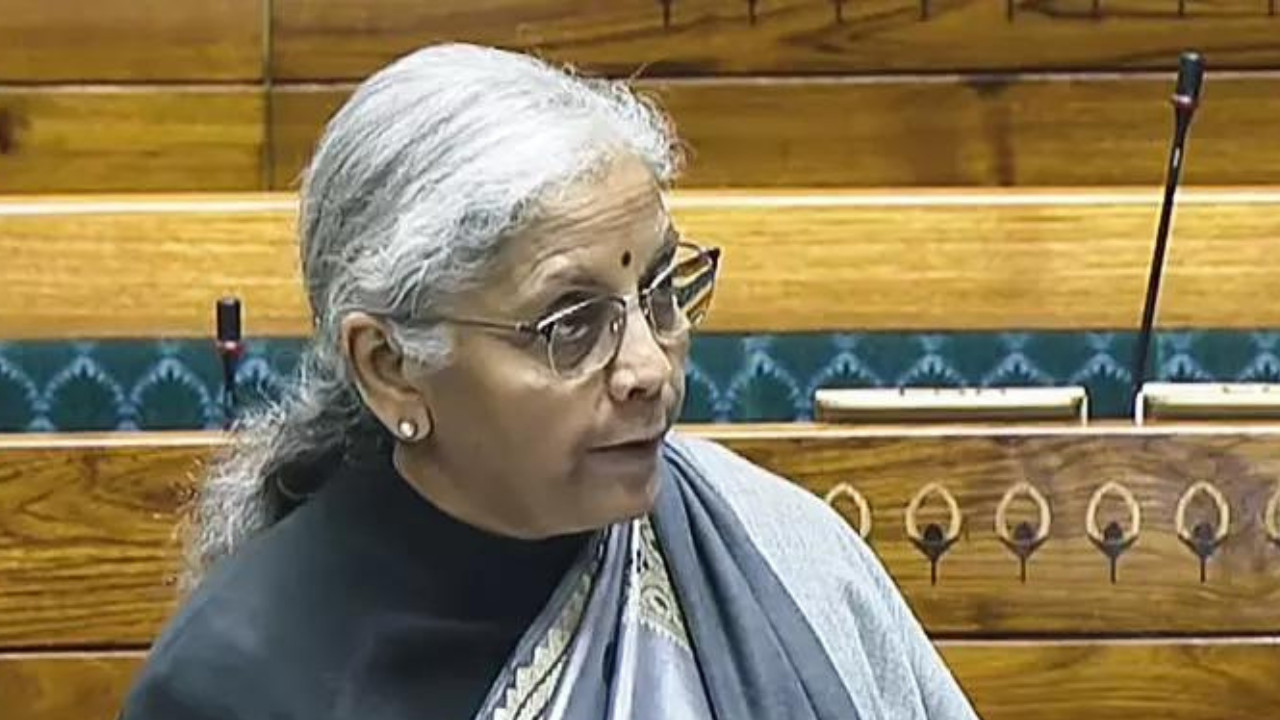Donald Trump announced 100% tariffs on imported branded or patented pharmaceutical products from October 1, 2025, unless companies build US manufacturing facilities. This policy primarily impacts European nations exporting high-value drugs, while India’s generic exports may largely be shielded, though “branded generics” classification remains a concern.
Will Trump’s Tariff Proposals Really Dent Indian Pharma?
The headlines screamed potential disaster: Trump threatens 100% tariffs! Indian pharmaceutical exports brace for impact! But will this really be a knockout blow to India’s booming pharma industry, or is it more of a glancing jab? Let’s unpack what’s happening and try to understand the potential ramifications.
The initial shock stemmed from whispers (now turning into louder pronouncements) suggesting the former U.S. President is considering slapping tariffs as high as 100% on all imports from specific countries. The exact target list remains unclear, but the implications for nations heavily reliant on exports to the American market are considerable. And India, with its significant pharmaceutical export sector, is undoubtedly watching closely.
So, why the concern? The United States represents a significant chunk of the global pharmaceutical market. For Indian companies, America is a crucial destination for their generic drugs, which offer cost-effective alternatives to branded medications. These generics have been instrumental in lowering healthcare costs in the US, and Indian firms have played a significant role in making these life-saving medicines more accessible. A sudden and dramatic increase in tariffs could make Indian generics less competitive, potentially impacting sales and profitability.

But the story doesn’t end there. India’s strength lies in its low-cost generic model. This means Indian companies are adept at producing high-quality medicines at significantly lower prices than their counterparts in many developed nations. This inherent cost advantage could act as a buffer against the full force of the proposed tariffs. Even with tariffs in place, Indian generics might still be more affordable than branded drugs or generics from other countries.
Furthermore, the Indian pharmaceutical industry isn’t solely reliant on the US market. While the US is important, Indian companies have been actively diversifying their export destinations in recent years, exploring opportunities in Europe, Latin America, and emerging markets across Asia and Africa. This diversification strategy reduces the overall dependence on a single market and mitigates the risk associated with potential trade barriers in any one country.
Consider also the political and practical complexities of implementing such sweeping tariffs. A 100% tariff on pharmaceuticals would undoubtedly impact American consumers by potentially raising drug prices. It could also strain relationships with key trading partners. Given the potential repercussions, it is not a given that such drastic tariffs will be implemented in their initially proposed form. Policy shifts and negotiations could significantly alter the landscape.
Another factor to consider is the potential response from the Indian government and pharmaceutical companies. We can expect a proactive approach, involving diplomatic efforts to negotiate favorable trade terms and strategic adjustments to maintain competitiveness. This could involve streamlining production processes, investing in research and development to create innovative products, and further diversifying export markets.
The Indian pharmaceutical industry has demonstrated resilience in the face of past challenges. From adapting to stricter regulatory requirements to navigating global economic fluctuations, Indian companies have consistently found ways to thrive. This adaptability, coupled with the inherent advantages of the low-cost generic model, suggests that the industry is well-positioned to weather this potential storm. You might be interested in learning about [India’s regulatory pathway for pharmaceuticals](internal-link-here) to better understand how these companies operate.
Ultimately, the impact of the proposed tariffs remains uncertain. While the threat is real and should be taken seriously, it is unlikely to be a catastrophic blow. The Indian pharmaceutical industry’s inherent strengths, its diversification strategies, and the potential for policy adjustments offer a degree of resilience. The future will depend on the specifics of any implemented tariffs, the reactions of the Indian government and companies, and the evolving dynamics of the global pharmaceutical market. One thing is clear: the Indian pharma sector won’t simply stand still, and will continue to work to ensure it stays competitive.







